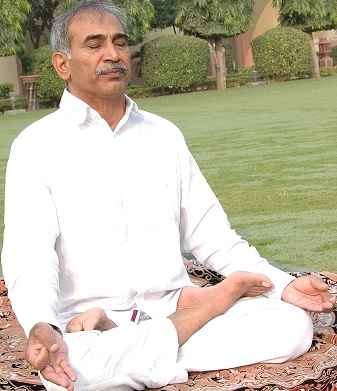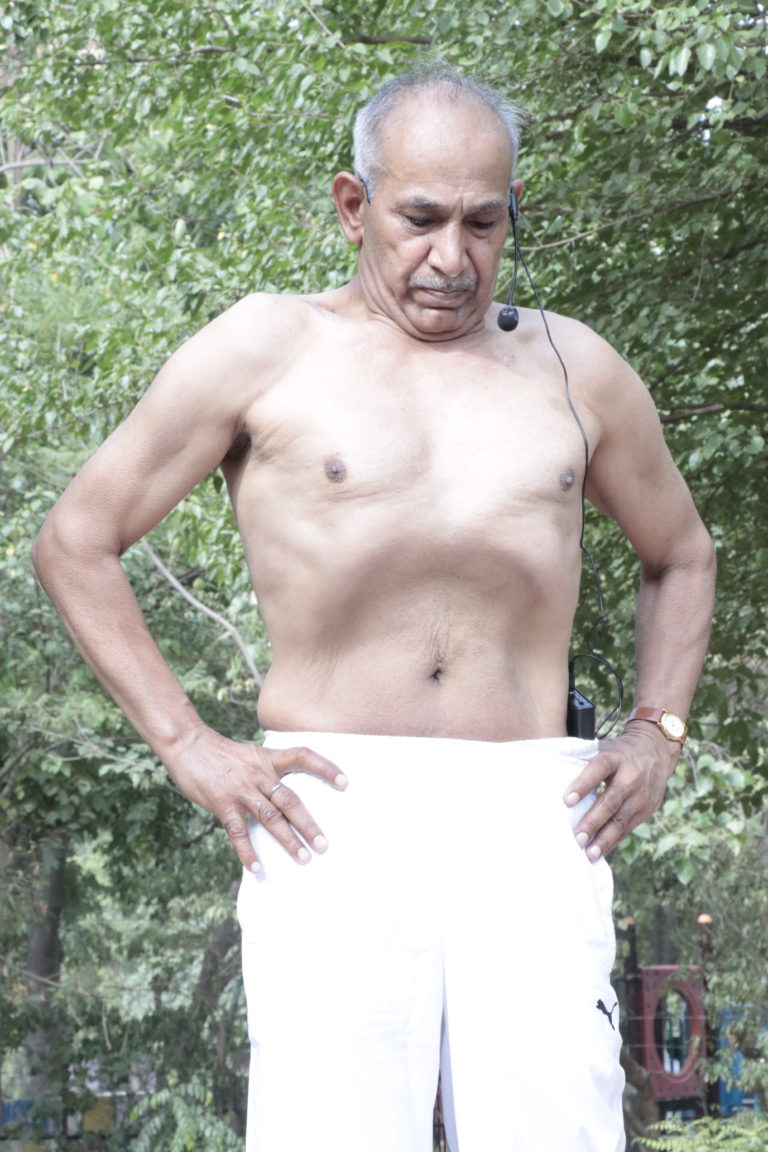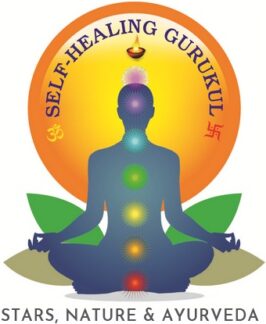Life means breath. We are alive as long as breath moves. It simply means that movements of breath are necessary for living. Comfortable movements of breath mean proper health whereas any obstruction or blockage in breathing means disease on uneasiness. Here, middle and upper part of the body are basic whereas legs and hands as its outposts or peripherals in supporting basic parts and life. Pranayama in itself can help us attain balanced helath of our body, mind and consciousness.
It is a means for connecting to Self (conscious) through Chakras or Psychic Centres and to the Divinity or space through astral tubes, which even the modern medical science is conducting researches to analyse.
Pranayama vitalizes our Respiratory and Immune Systems. Breath is life and principal carrier for the flow of life-force vitality throughout our body. With breath we remain intimately connected to our emotions and state of mind. Without breath none of our senses can function.
In focussed practice with closed eyes, our concentration is absorbed into our breath. Then this breath takes the form of Individual Self or Soul and connects to vast cosmos, nature or source matching our vibes with nature. It is Realization of the Self, Oneness or Ultimate Reality. It is integration of body, mind and soul where our body is simply manifestation of breath and soul. With its regular practice we can effectively face any disease or virus.
Pranayama is the union of Prana and Apana consisting of Inhaling (inspiration, creative or Purak), expiration exhaling (expiration, ending or Rechak), and retention (holding, absorbing or Kumbhak). It is the only way through which breathing, brain, body and conscious can be disciplined or controlled for awakening and sharpening the dormant or hidden powers lying asleep within us.
It cleans the blood and body from all the impurities and makes life liveable and purposeful.




